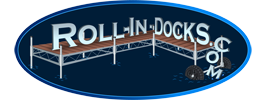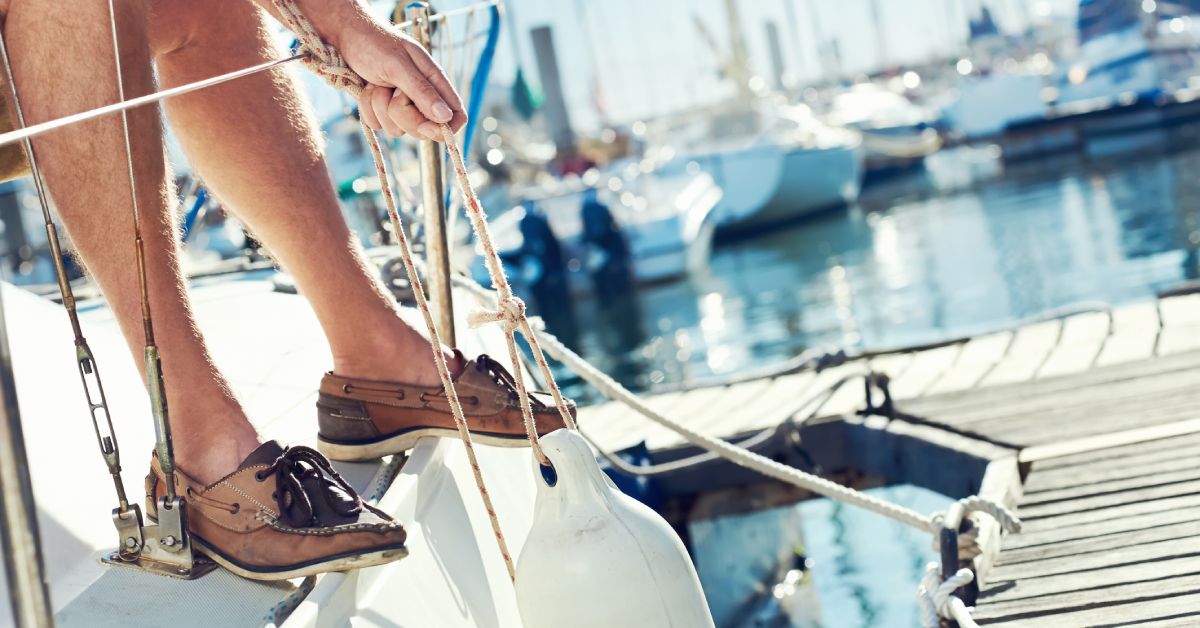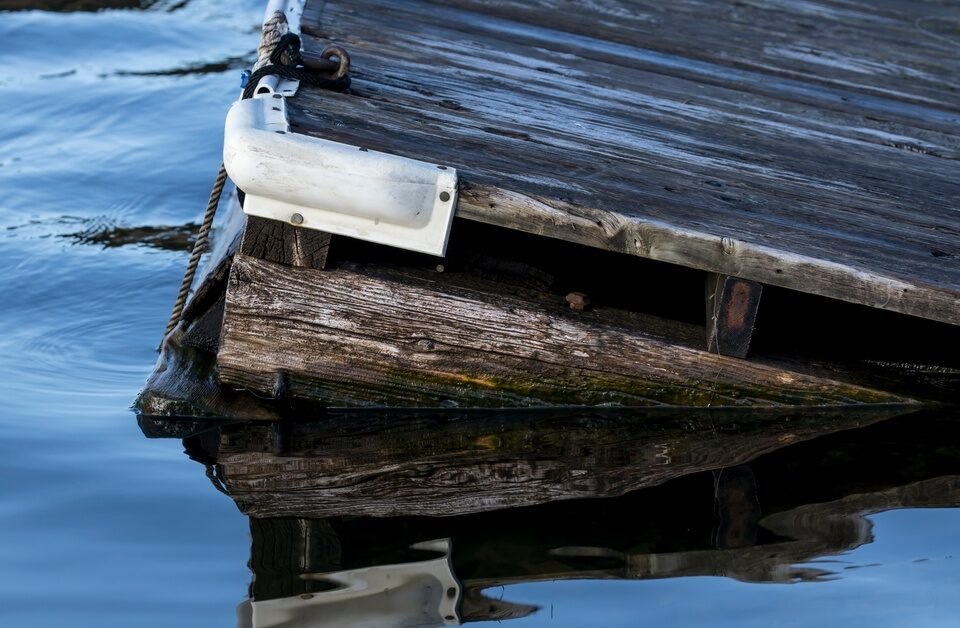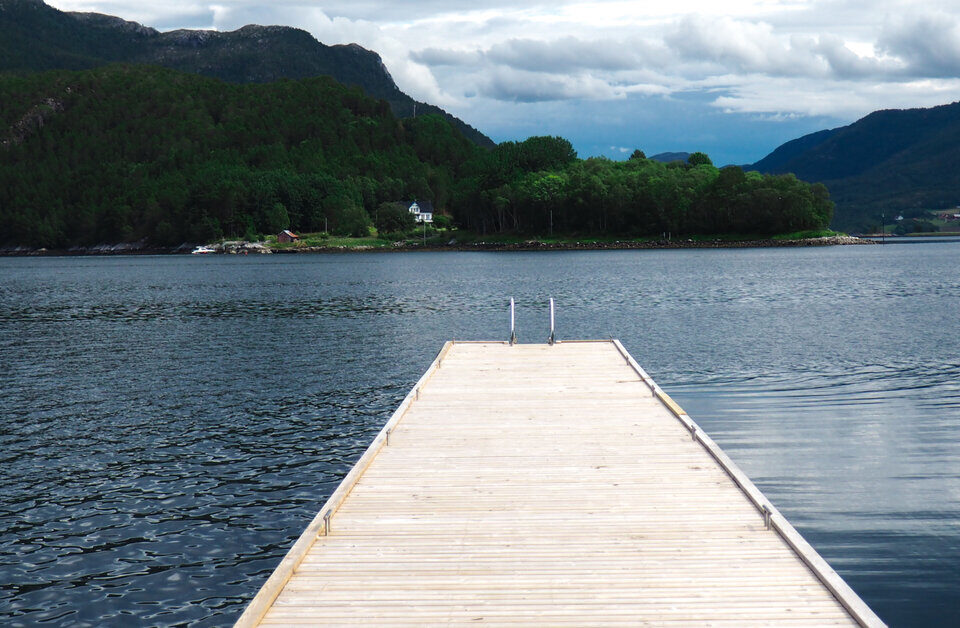How To Properly Tie Your Boat to Your Dock
Picture this: you’ve just wrapped up a perfect day on the water, with the sun setting beautifully on the horizon as you guide your boat back to the dock. The last thing you want is for your boat to drift off or get damaged because you incorrectly tied it or forgot to tie it in the first place.
Knowing how to tie your boat to the dock securely protects both your vessel and your peace of mind. In this guide, we’ll cover the basics of tying your boat, so that you can easily secure it and dock like a pro every time.
Step 1: Ensure Your Boat Is in the Correct Position
The foundation of securely docking your boat starts with positioning it correctly. As you approach the dock, reduce your speed to maintain control and avoid unnecessary momentum that could cause damage.
Use your throttle and steer gently to guide the boat parallel to the dock. Take note of the wind and current, as they can influence your approach. Adjust your angle accordingly to ensure a smooth and controlled arrival at the dock. This initial step sets you up for a secure and stress-free tie off.
Step 2: Select the Right Dock Lines
Choosing the right dock lines is essential for keeping your boat safe and steady. Dock lines come in various sizes and materials, and selecting the appropriate ones for your boat’s size and the docking environment is critical.
For example, nylon dock lines are ideal due to their strength, elasticity, and durability. Always inspect the lines for wear and tear before using them, ensuring they can handle the task at hand.
Step 3: Position Dock Lines Before Arrival
Preparation is key when docking your boat. Before you enter the marina or approach the dock, ensure your dock lines are ready and accessible. Make sure you’ve coiled the lines neatly and positioned them on your deck so they can be deployed easily when needed.
Assign a crew member—or assign a friend as your first mate—to assist with tying the lines. If you plan on going alone, make sure you familiarize yourself with handling the lines solo.
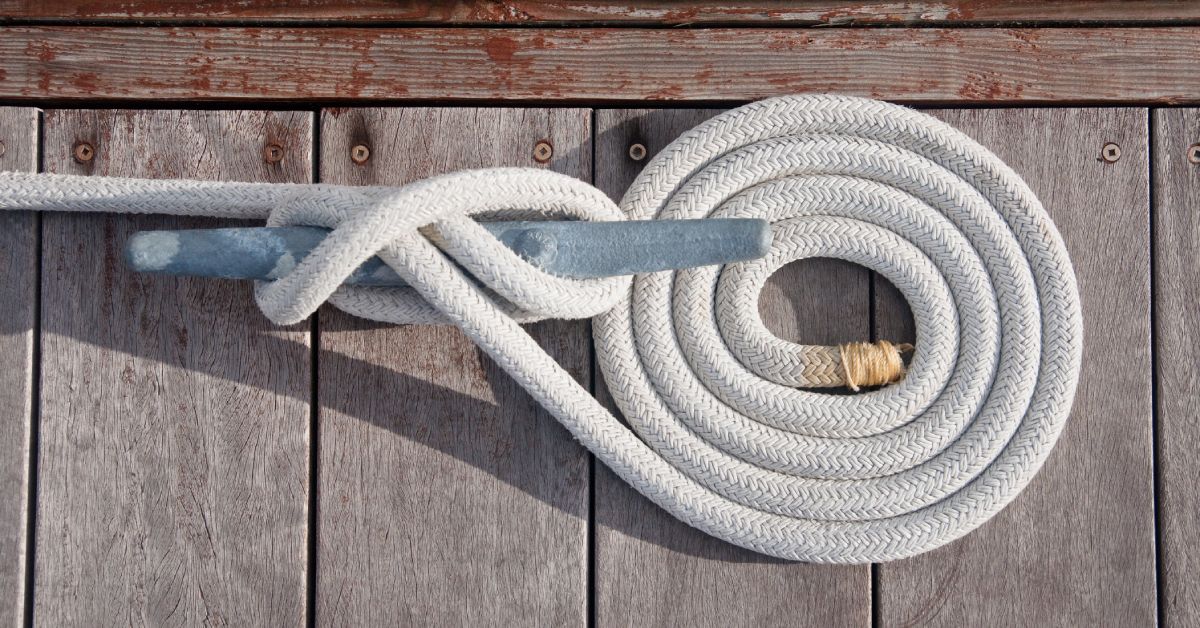
Step 4: Identify Dock Cleats or Posts
Once you’ve arrived at the dock, locate the cleats or posts you plan to use for docking your boat. Cleats are typically T-shaped fittings securely fastened to the dock, while posts may resemble bollards or pilings. Check their placement and sturdiness to ensure they can hold your boat properly.
Step 5: Tie the Bowline First
Start by securing your bowline. This important line keeps the forward part of your boat from swinging away from the dock. Loop the line through the designated cleat or post and use a secure knot, such as a cleat hitch, for a firm hold.
Make sure the line is snug enough to keep the bow steady but not overly tight, as some flexibility is necessary for shifting tides and currents. Once you’ve secured the bowline, move on to the other lines to fully stabilize your boat.
Step 6: Secure the Stern Line
With the bowline in place, secure the stern line, which secures the rear of your boat to the dock. Start by locating the stern cleat on the boat and threading the line through the dock cleat or designated post.
Like the bowline, a cleat hitch is an excellent knot for a firm, reliable hold. Properly securing the stern line will prevent your vessel from drifting backward or swaying uncontrollably.
Step 7: Add Spring Lines for Stability
To further stabilize your boat and keep it from moving forward or backward, add spring lines. These lines are diagonal lines running from the bow or stern to cleats further along the dock.
Spring lines are critical, especially in areas with strong currents or heavy boat traffic, as they significantly reduce unwanted motion. Attach the spring lines using secure knots and ensure they intersect properly to counteract both forward and rearward forces acting on the boat.
Step 8: Choose the Right Knots
The importance of the correct knot cannot be overstated. Knots like the cleat hitch, bowline, and figure-eight loop are popular choices due to their strength and reliability.
The cleat hitch, for example, ensures the line remains securely looped around the dock cleat without slipping. Practicing these knots in advance will save you time and reduce frustration when docking under challenging conditions.
Step 9: Check the Line Tension
After placing all the lines, inspect and adjust the line tension. Each line must be snug enough to keep the boat steady but not so tight that it strains the cleats, the lines themselves, or the boat’s structure.
Overly tight lines can damage your gear, while loose lines can lead to instability as the boat shifts with the water. Find the optimal balance where your boat remains stable yet retains the minimal flexibility to handle movement caused by waves, currents, or tides.
Step 10: Adjust for Water Conditions
Water levels, wind, and currents all impact how your boat rests against the dock throughout the day. If you’re docking in an area with fluctuating tides, leave some slack in your lines to accommodate the rising and falling water levels.
Sudden weather changes can cause more strain on your lines, so periodically check their condition and adjust as necessary. Being proactive and adaptable ensures your boat remains secure, no matter what Mother Nature throws your way.

Step 11: Add Chafe Guards (Optional)
For those who want to go the extra mile in protecting their boat and lines, consider adding chafe guards. Chafe occurs when lines rub against rough surfaces like dock edges, weakening the line’s integrity and potentially causing it to break.
Chafe guards are easy to install, and you can even make them yourself from easy-to-obtain materials like canvas, rubber, or plastic tubing. Simply wrap them around the areas of the lines most susceptible to wear.
Step 12: Regularly Inspect Your Setup
Even after you’ve properly tied your boat to your dock, your job isn’t over. Regular inspections of your setup are crucial to ensure the long-term safety and security of your vessel. Make it a habit to continually check the condition of your lines for signs of wear, such as fraying or thinning fibers, and replace them as necessary.
Periodically inspect the dock cleats and fittings to confirm they remain firmly attached and free of damage. Weather conditions can change quickly, so be sure to check your setup after a storm or during tidal surges.
If you truly want to focus on enjoying the adventure and creating unforgettable memories while knowing your boat is safe and sound, Roll-in Docks can help! Our affordable, user-friendly, DIY rolling dock kits make docking easier than it has ever been.
Our dock kits allow you to quickly and easily assemble your own dock without any professional help or heavy equipment. Don’t let docking stress ruin your boating experience. Follow these tips and invest in a dock kit for stress-free boating all season long.
